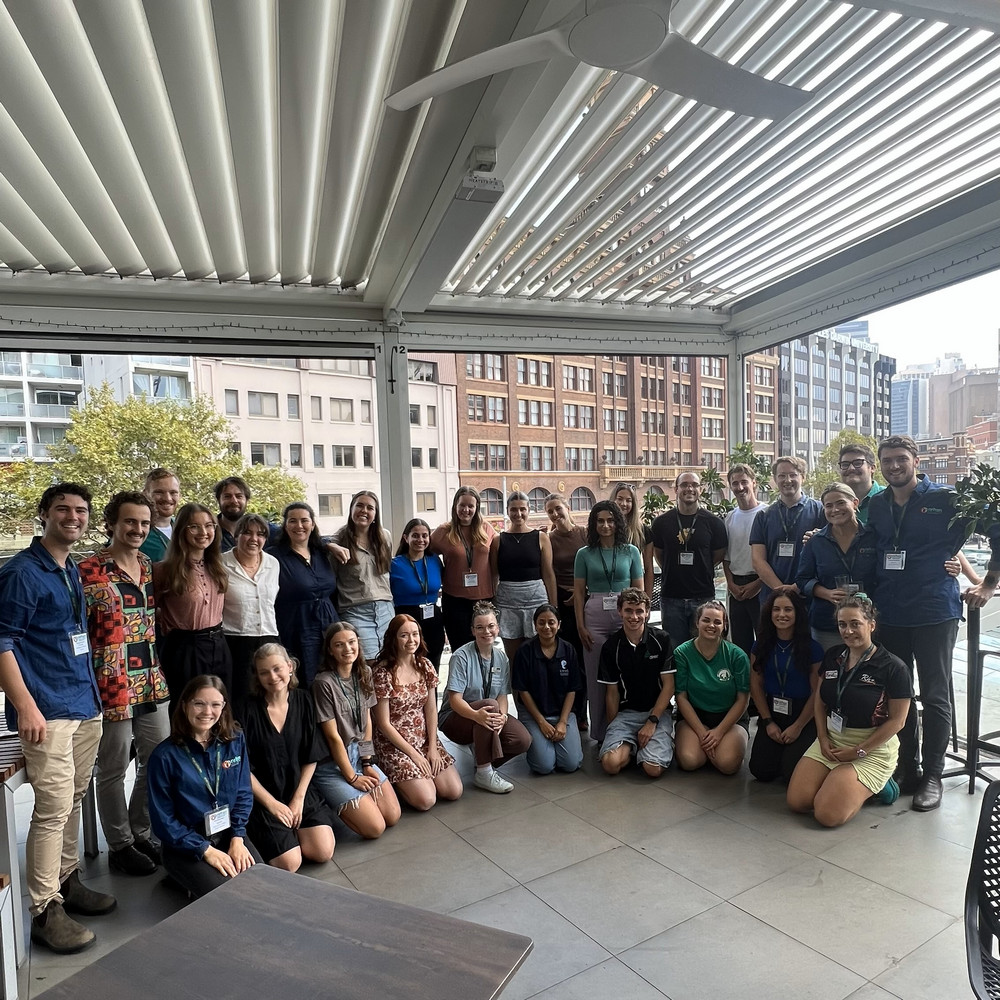
With health workforce shortages and poorer health outcomes in many of Australia’s rural and remote communities, the National Rural Health Student Network (NRHSN) is bringing together like-minded students studying medicine, nursing, paramedicine, and other allied health fields to encourage and support them in pursuing careers in rural areas of the country.
The NRHSN is Australia’s only multidisciplinary student health network, with more than 11,000 members who belong to 28 university-based Rural Health Clubs from all states and territories. NRHSN Nursing, Midwifery and Paramedic Officer Cameron Powers said the network, an Australian Government initiative, provided a voice for students who were interested in improving health outcomes for rural and remote Australians.
The need for more healthcare workers and improved access to key service delivery is vital to the long-term health of those communities. According to 2024 Australian Institute of Health and Welfare 2024 data, people living in rural and remote areas are more likely to die at a younger age and have higher death rates than their counterparts in major cities.
“We’re trying to address those workforce shortages from a student level and trying to make a career in rural health interesting and achievable,” Cameron said. “Even if they haven’t grown up in a rural or remote area, it’s about combatting misperceptions, emphasising importance and ultimately presenting a career in rural healthcare as one that is equally fulfilling and important as one in metropolitan areas.
“Anecdotally, I’ve noticed paramedic graduates often attain positions across all services and most of the time they’re in either regional or rural areas, and quite often people don't go there out of choice; they just go there because they got the job. However, trying to build up interest in those areas beforehand while they're a student can make the transition into these environments more streamlined and better for everyone involved.”
Cameron said a lack of financial support for student placements in rural areas hindered opportunities for those with a genuine interest in experiencing work outside of metropolitan centres. Completing placements in a person’s local area can still be a difficult endeavour, and completing placements in rural and remote areas can be simply unfeasible, even if the genuine interest is there.
For paramedics and other allied health students, clinical placements are a mandatory requirement for their degrees, but can impose severe financial hardship and lead to “placement poverty”; however, they are not included in the Australian Government’s new Commonwealth Prac Payment. Paramedicine students complete up to 18 weeks of placement, which can be located hundreds of kilometres from their homes, causing extreme stress as they seek accommodation, juggle paid jobs and rent/mortgage commitments and other family responsibilities.
“A lot of people want to complete rural placements, but it's quite difficult finding accommodation in these towns unless there's pre-existing student accommodation, which even then, is not always available to paramedic students.”
Funding through the NRHSN-supported Rural Health Clubs scholarships provides travel and accommodation expenses.
“The Rural Health Club I'm a part of - the Southeast Queensland, Towards Rural and Outback Health Professionals in Queensland (TROHPIQ) – has, for example, quarterly transport bursaries. If you have a placement happening within a certain quarter of the year, certain financial grants up to $500 for transport or accommodation can be applied for. You’ll find that all Rural Health Clubs across the country have some form of scholarship or bursary to assist their students in completing rural placements.”
For paramedics, it’s also an opportunity to work directly with other health disciplines and paves the way for the broader understanding of paramedics’ capabilities and their continued integration across the health system as part of multidisciplinary teams.
“The role of paramedics in rural and remote areas is possesses several key differences to their metropolitan counterparts. In these settings, paramedics may continue to assist in the ED after bringing patients in.
“While we are not a hospital-based profession, the integration of paramedics into multidisciplinary teams in rural and remote settings is undoubtedly stronger. Helping to develop aspiring clinicians at the student level to work in these areas and truly demonstrate the professional capabilities of paramedics is a key goal of the NRHSN. Rural and remote communities deserve clinicians that are dedicated and committed to providing optimal health outcomes.”
Learn more about the NRHSN at https://nrhsn.org.au/, https://www.facebook.com/nrhsn, https://www.instagram.com/the_nrhsn/.

Get unlimited access to hundreds of ACP's top courses for your professional development.
Join Now